Universal Design for Learning (UDL) is a framework that promotes inclusive teaching methods by addressing the diverse needs of all learners. It encourages educators to provide multiple means of engagement, representation, and expression to ensure every student has an opportunity to succeed. WriteReader, a digital tool designed to foster literacy skills by enabling students to create and publish their own books, aligns seamlessly with the principles of UDL.
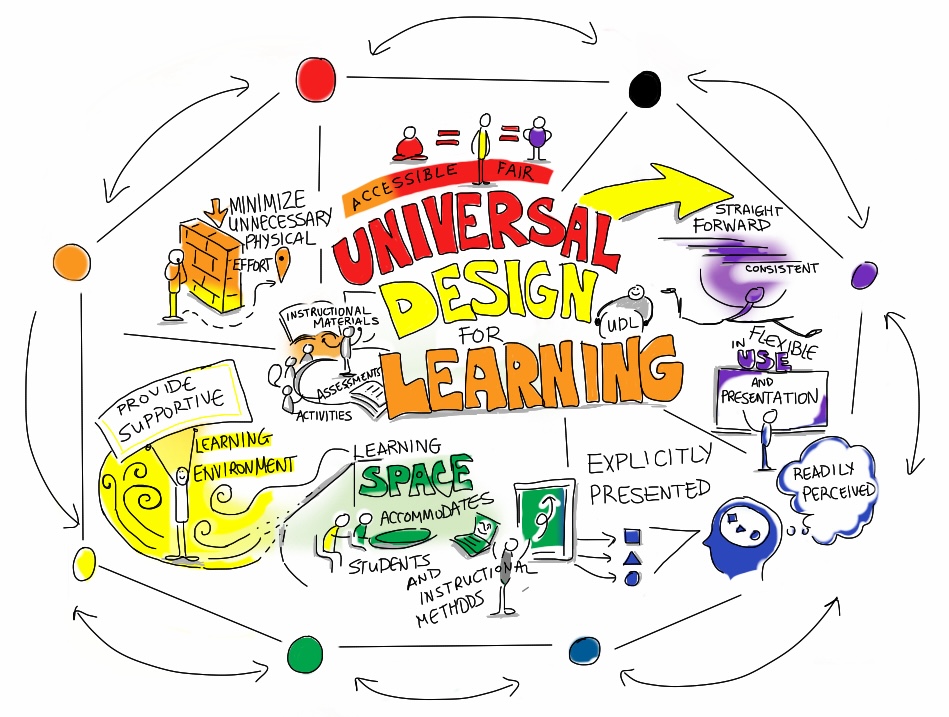
Explore below how WriteReader supports UDL based on 8 examples to inspire teachers in kindergarten-5th grades.
Engaging All Learners Through Personalization
One of UDL’s core tenets is offering multiple means of engagement, allowing students to connect with learning in ways that resonate with their interests and motivations. WriteReader fosters engagement by letting students create content based on their own lives, interests, and ideas.
Example 1: Personal Story Projects
Encourage students to create a book about a topic they’re passionate about, such as their favorite animal, a memorable family trip, or their dream career. For younger students, they might illustrate a “Day in My Life.” Personalizing content ensures learners feel a sense of ownership and relevance, which boosts motivation and engagement.
WriteReader contains template books and image bank categories to inspire and support the students in their writing process.
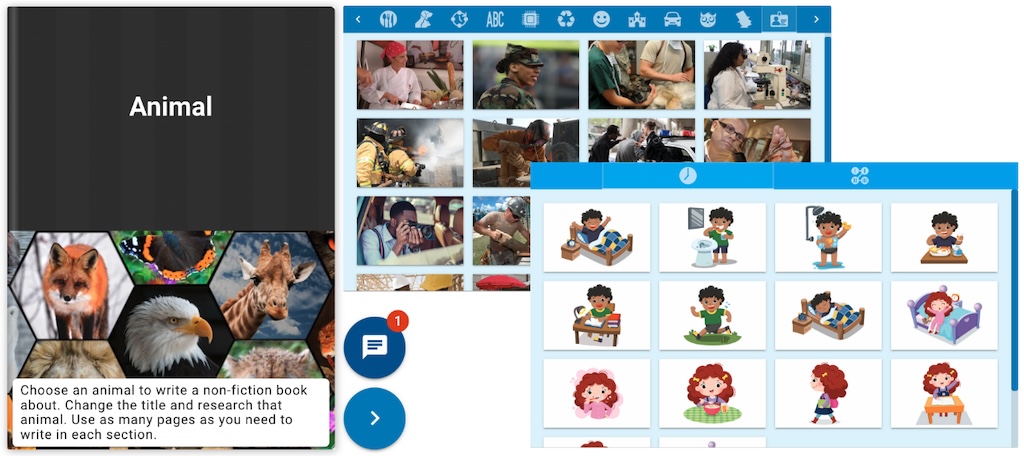
Example 2: Collaborative Storytelling
Pair students together to co-author a book. One student might write while the other illustrates, or they can take turns writing alternate pages. This collaboration fosters social engagement and enables peer learning—a cornerstone of inclusive teaching.
Representing Content in Multiple Ways
The UDL framework emphasizes presenting information in diverse formats to accommodate different learning styles. WriteReader provides a multimodal platform where students can combine text, images, and audio to express their ideas.
Example 3: Visual Supports for Comprehension
In WriteReader the students have four different ways to find and upload pictures to accompany their text, offering visual context to enhance comprehension. For instance, if they’re writing about the body, they can:
- use images from the image bank containing +40 carefully selected categories with 16-40 rights-free images each
- make a safe search among 2 million rights-free images from Pixabay
- use the device’s camera feature to take pictures of the surroundings, a self-made drawing, or anything else
- download any image on the device or images from a shared online folder
All options reinforce visual support for the learning subject and context to enhance comprehension.
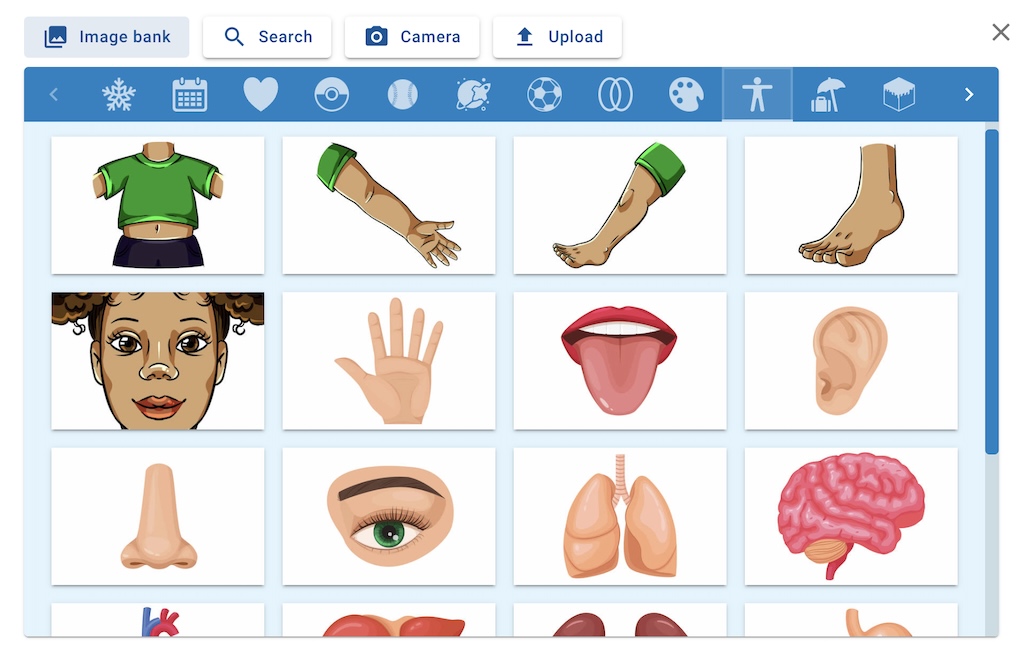
Example 4: Audio Narration for Accessibility
WriteReader allows students to record audio narrations of their books. This feature is particularly beneficial for students with reading difficulties or English language learners, as it provides an auditory element that supports comprehension and pronunciation practice.
Supporting Varied Levels of Literacy Development
WriteReader is uniquely suited for classrooms with diverse literacy levels, as it includes features to scaffold learning for students at different stages of development.
Example 5: Educator Text Model
Teachers can use the “educator text field” in one of the page types to model proper grammar, vocabulary, or sentence structure on each page. This support allows emerging writers to see correct examples while still encouraging them to try writing independently.
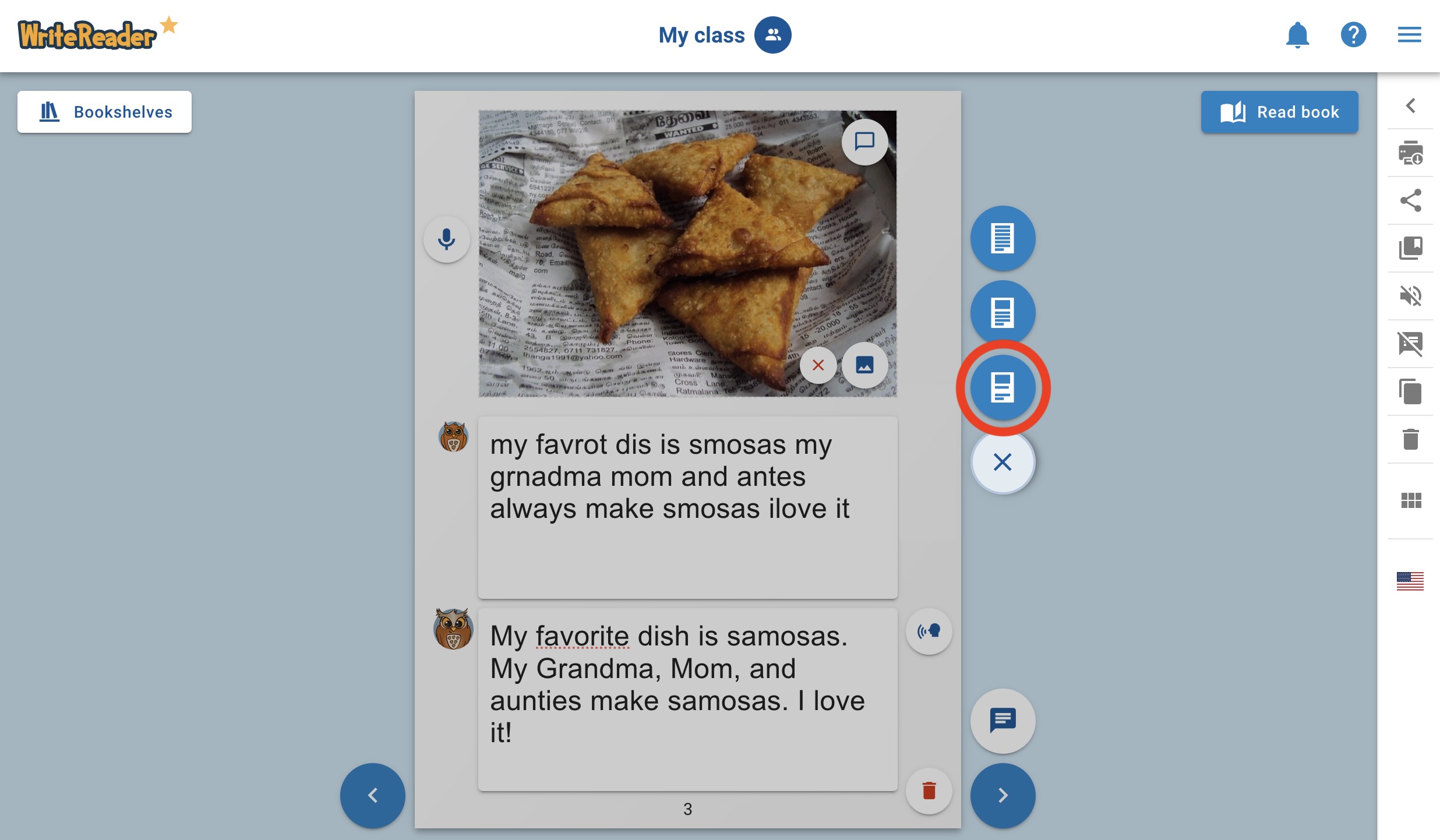
Example 6: Differentiated Tasks
Assign tasks based on individual student needs. For example, advanced writers might create a detailed narrative, while beginning writers focus on labeling images or writing simple sentences. Check out WriteReader’s Template library with +50 templates created to scaffold and differentiate students’ writing.
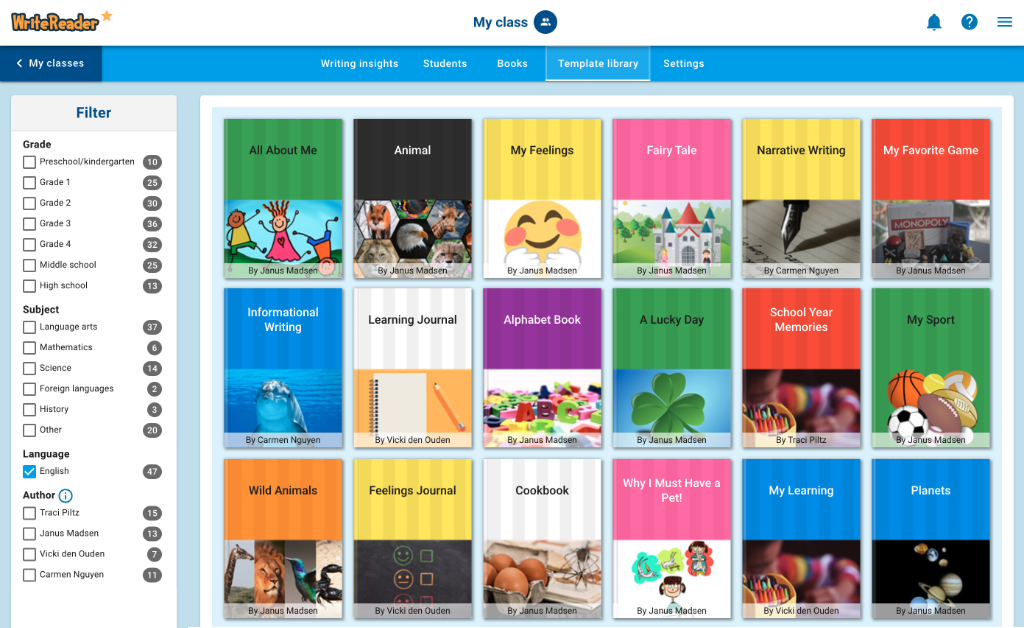
Fostering a Growth Mindset Through Publishing
Publishing books on WriteReader gives students a tangible sense of accomplishment and reinforces a growth mindset by celebrating effort and improvement.
Example 7: Class Library
WriteReader automatically compiles student-created books into a digital class library, where students can read each other’s work, fostering a sense of community and pride. Highlight each student’s unique contributions, emphasizing that everyone’s voice matters.
Example 8: Family and Community Involvement
With WriteReader’s printing feature it’s easy to create small booklets to share hard copy books with parents or guardians, encouraging family members to engage with their child’s learning.
The books can also be displayed and lent out from the school library or public library to make the students real and proud authors. Learn about WriteReader’s book fair concept here.
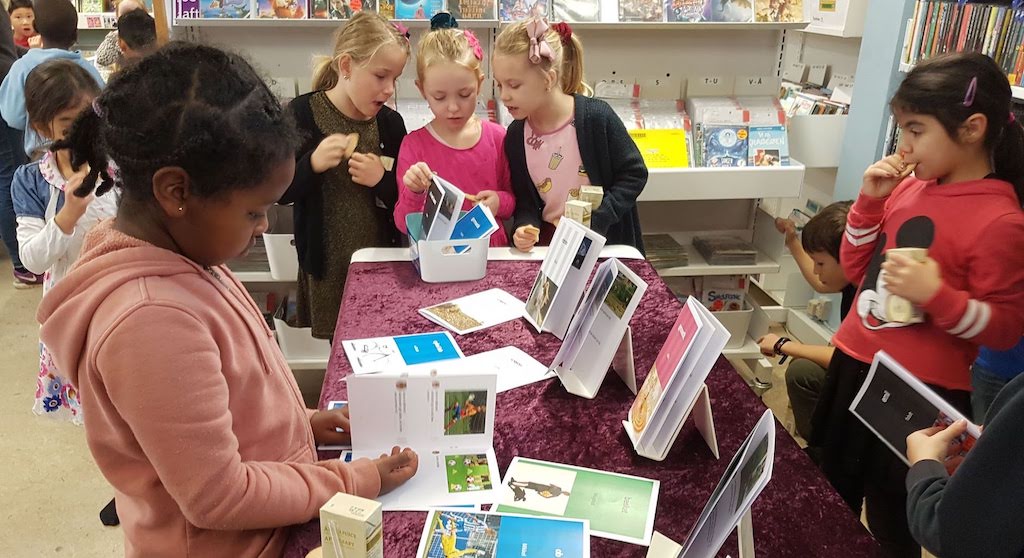
These connections strengthen the home-school partnership and community engagement while at the same time boost students’ confidence in their abilities and motivation to create more books.
Scaffolding Literacy and Empower Students to Succeed
WriteReader is an excellent tool for supporting the principles of Universal Design for Learning (UDL) in grades K-5. By engaging students through personalized content, offering multiple means of representation and expression, and scaffolding literacy development, WriteReader empowers all learners to thrive. With its diverse features and flexibility, WriteReader helps educators create an inclusive and dynamic learning environment where every student can succeed.
Start exploring WriteReader today at app.writereader.com to unlock your students’ creativity and potential!
